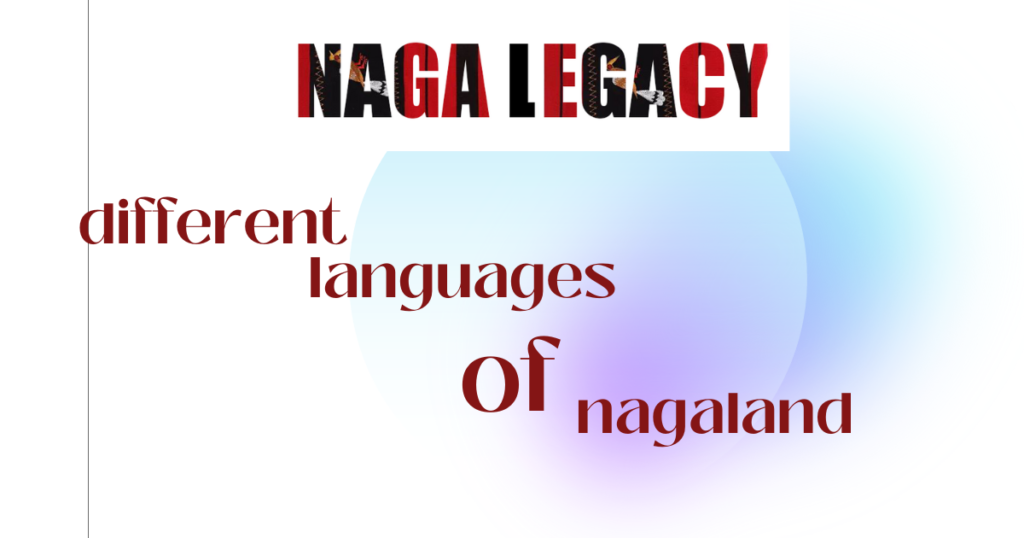
Nagaland, nestled in the northeastern region of India, is a state that beckons travelers with its mesmerizing landscapes, vibrant culture, and linguistic diversity. The linguistic fabric of Nagaland is as intricate and colorful as the customs and traditions of its indigenous Naga tribes. In this blog, we will embark on a journey through the linguistic wonders of Nagaland, exploring the different languages of nagaland that form an integral part of this unique state’s identity.
A Multilingual Marvel
Nagaland is home to a diverse linguistic landscape that showcases more than 20 languages and dialects. While English serves as the official language, the true linguistic treasures of Nagaland lie in the multitude of indigenous Naga languages, each with its unique charm and significance.
The Naga Languages
- Ao: The Ao language is predominantly spoken by the Ao tribe, primarily in the Mokokchung district. Known for its tonal characteristics, Ao is celebrated for preserving the cultural identity of the Ao people.
- Angami: Widely spoken in the Angami tribe, primarily in the Kohima district, the Angami language boasts a rich vocabulary and expressive tonal variations.
- Sema (Sumi): The Sema language is one of the most widely spoken Naga languages, with a distinct phonological structure. It plays a pivotal role in the cultural and social life of the Sema community.
- Lotha: Spoken by the Lotha Naga tribe, the Lotha language has a unique script and phonetics. It is indispensable in upholding the Lotha cultural heritage.
- Zeme: The Zeme language, spoken by the Zeme Naga tribe, is known for its complex vowel system and rich oral traditions, reflecting the tribe’s deep-rooted history.
The Cultural Significance of Naga Languages
Naga languages go beyond mere communication; they are the vessels that carry the collective wisdom, folklore, and history of nagaland . They are deeply intertwined with cultural practices, songs, and rituals, serving as a vital conduit for passing down traditions from one generation to the next. These languages are the essence of the Naga identity, preserving the unique customs and beliefs of each tribe.
Preservation and Challenges
In the face of globalization and the increasing use of English for education and communication, Nagaland’s indigenous languages face challenges. The risk of these languages fading away is real, prompting efforts to document, preserve, and promote them. Language revitalization programs, literary works, and cultural events are crucial steps in ensuring the survival of these linguistic treasures.
Conclusion
The linguistic diversity of Nagaland is a testament to the state’s cultural richness and the enduring spirit of its people. These languages, with their unique scripts, tones, and grammatical intricacies, are more than just words—they are the threads that weave together the stories, traditions, and heritage of the Naga tribes. As Nagaland strides into the modern world, it is essential to recognize the significance of preserving these languages, ensuring that they remain a vibrant and indispensable part of the state’s cultural mosaic. Nagaland’s languages are not just a means of communication; they are the harmonious voices of its people, echoing the past and shaping the future, and they are a source of immense pride and cultural wealth.






One thought on “Nagaland language”